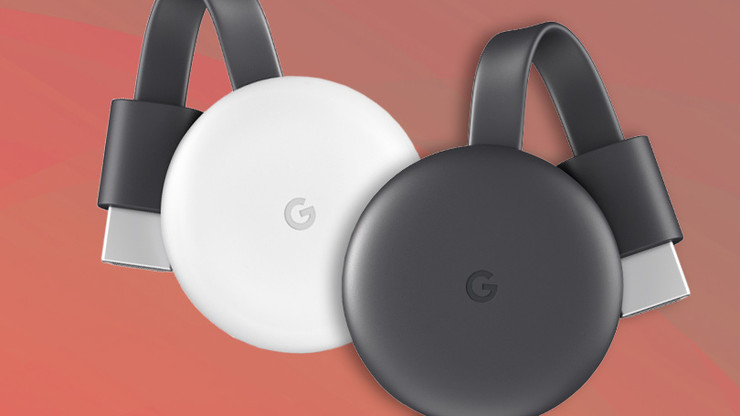As horses are for courses, so are websites for varied screen sizes. Just as one would first determine the nature of the track to decide on horse selection, similarly business owners have first to assess the user needs and preference to determine what kind of web design would be suitable to launch their business online. Since long, the trend has become clear that the largest section of users would be comfortable to browse websites from mobile devices. As there are many types of mobile devices with various screen sizes, web developers have to create a unique website design that can adjust to the requirements of different screen sizes and offer the same kind of pleasing viewing experience. The specialty of the design lies in its ability to adapt to meet user expectations, and this is what responsive web design is all about.

Business owners must have a clear understanding of responsive web design so that they realize its usefulness for business and be able to communicate with web developers to make them understand what they expect from the web design. The only way to convey the expectations is to write a Request for Proposal (RFQ) to some web design companies so that they can understand it and ultimately envisage the project requirements in the right perspective. The knowledge about responsive web design would help to set the right expectations by matching it with the business needs. But most importantly, one has to know how to write a RFP.
Responsive web design – the beginning
Cameron Adams first conceived the idea of responsive web design and documented in it 2004. The smartphones had just started to change user expectations and generated the initial excitement of browsing the internet from handheld mobile devices. Cameron could foresee the popularity that mobile devices were going to achieve.And felt the need for such web design that could provide optimal viewing experience with complete ease of reading and navigation of websites across all kinds of screen sizes, small or big. The concept of creating one unique web design that displayed with equal ease of various mobile devices like smartphones, tablets, and smart televisions thus became a reality. Responsive web design enables websites to adopt the layout that suits the user’s device the best.
As you keep reading this article, you will come to know more about the features of Responsive Web Design.
Adapting to all kinds of devices
Responsive web design gives the perfect solution in providing the best user experience across several devices regardless of the size of the screen. Not only is the design flexible towards devices but also can adjust to match the screen resolution of the respective device that ensures high-quality display. The website opens effortlessly on all mobile devices as well as desktops and laptops thereby providing a positive user experience. You can optimize the site for any device, and it works equally well on all other devices no matter what the screen size is.
Once the website is complete, you need not do any device specific optimization but rely on the adjusting powers of responsive design to make the site suitable fordisplaying on various screen sizes. As users switch between devices, the web design keeps adjusting the design elements that include image positioning, image resizing, screen rotation, changing font size and even navigation modes. The ability of the website to adapt to different devices increases in attraction and drives more traffic to it.
Compatible with all browsers and search engines

The wide compatibility of Responsive Web Design across different browsers and search engines make it more attractive to both website owners and users. Being more compatible to search engines means your website gets more exposure and gains more visibility. The enhanced visibility coupled with easy access to sites from all kinds of devices augurs well for business because of traffic flow to sites increases. Google has almost made it mandatory to create responsive websites as it lends more support to the mobile first indexing initiative that is underway. Sites built with responsive design helps to reach out to the largest section of the audience that is accustomed to using mobile devices.
SEO is more streamlined
A website created with responsive design addresses the needs of different kinds of device users and does away with the requirement of maintaining separate sites for mobile devices. It cuts down on duplicate work for SEO across individual sites and the streamlining results in launching a much powerful and cohesive SEO campaign. A single optimization for SEO is just enough to elicit the same kind of response from viewers regardless of the type of device they use. As SEO becomes streamlined, it reduces the workload considerably and enables better use of time for other business needs.
Less maintenance, low cost
The cost of website making has come down drastically as one website with responsive features is just enough to take care of all business needs by reaching out to all sections of the audience no matter what kind of device they use. The massive cost of creating multiple websites for various devices and the complexities of maintaining several sites are now things of the past. Similarly, the overall cost of running sites like paying for hosting services also reduces, and the ease of operation adds more value to the business.
The sky is the limit
Having a responsive website would open the gates for business growth as the opportunities would multiply many more times. You can access a more comprehensive section of the audience without limit as long as you have a strong SEO to support your online business initiatives. As smartphone users have already overtaken desktop users and Google is hell-bent on favoring mobile responsive websites, the gains for business are just too many.
According to projections available, by 2019 there would be 4.68 billion mobile phone users worldwide, and it is up to you how you can take advantage of the situation to expand your market reach without limits by using responsive web design.











